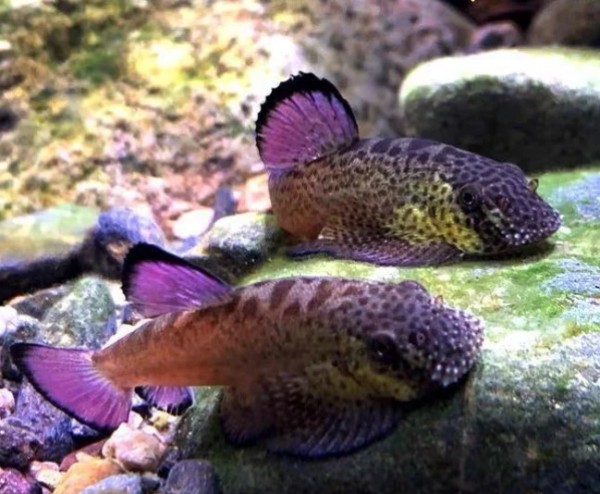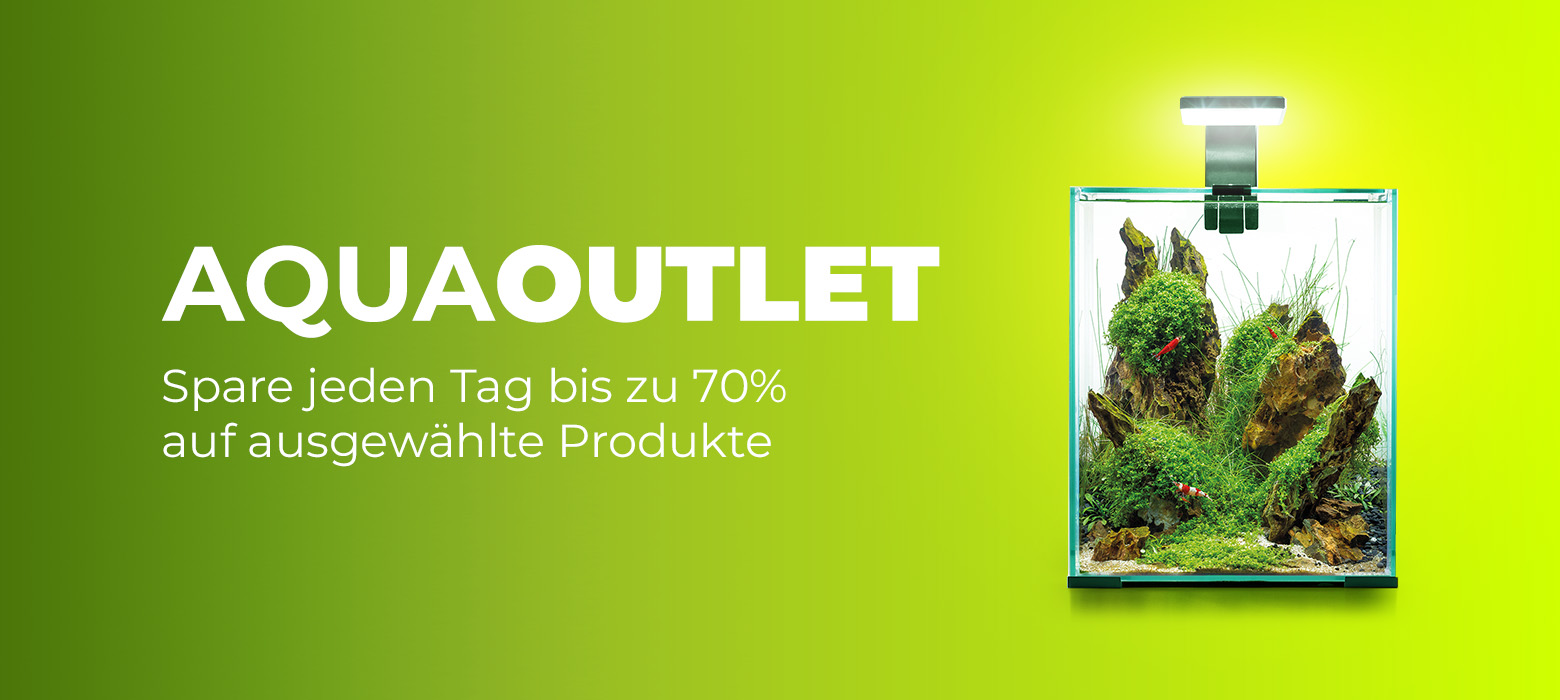incl. VAT plus shipping costs
Currently not available
Delivery only innh. Germany and Austria possible.
Switch to the German store
- Item no: 28981
Fast delivery times
All products are in stock with us!14 years of breeding experience
Let our team of experts advise you!High customer satisfaction
from over 3,000 reviews "| Water values: | soft to medium hard |
| Breeding: | medium |
| Temperature: | 18-24 °C |
| Visual effect: | interesting body shape |
| Behavior: | Active |
| Fish group: | Loaches |
| Diet: | limnivorous - growth eater (algae) |
| Pelvic region: | Below |
| Aquarium size: | 100 l (approx. 80cm) |
| with shrimps?: | with dwarf shrimps, offspring is not eaten |
| Origin: | Asia |
| Difficulty: | 2 - Normal |
| Planting possible?: | Yes |
| with snails/shells?: | Yes |
| Final size: | 4-8 cm |
| Feature: | dynamic group behavior |
| with large crabs?: | No |
| with fish?: | conditional* (see description) |
| with dwarf crabs?: | No |
| with crabs?: | No |
The Purple Fin Fin Sucker Pseudogastromyzon laticeps belongs to the loaches. The Purple Fin sucker is endemic to southeastern China, where it lives in fast-flowing oxygen-rich mountain streams. The water in the aquarium must also be very rich in oxygen, rather soft and very clean. Purple Fin fishes resemble flatfishes in body shape and remain very small with about 6-7 cm.
Due to their body shape, these small loaches are perfectly adapted to strong currents in the water. Their pectoral fins are transformed into suction fins and offer them a secure hold on smooth surfaces - pebbles, larger stones or on the aquarium glass. Males are more slender than females and also remain slightly smaller. Sexually mature males show small protuberances on the head, which are more prominent in dominant males.
The base color of the Purple Fin Fin Sucker is light gray to silvery with many fine darker spots combined with purple fins. The caudal fin ends in a darker rim.
The small loach Pseudogastromyzon laticeps is a social fish that feels comfortable only when it can interact with a group of at least six conspecifics. Towards other fin sucker species the animals are aggressive, also other flat fish are not well tolerated. However, socialization works well with fish that swim in the water column and have similar demands on the water and especially the current. With shrimps that cope well with the current (such as fan shrimps) a socialization should also work. Dwarf shrimp definitely need flow calmed areas in the fin sucker aquarium, for example by larger roots or rocks and plants.
The Purple Fin fin sucker needs an aquarium with an edge length of 75 cm or more, extremely clean, cool, oxygen-rich, soft, slightly acidic and very current -rich water with a temperature of 18-24 °C and a total hardness of up to 12 °dGH. The pH value should be 6 to 7.5. A circulation of the water of 10x per hour is recommended, the filter should be correspondingly powerful. An additional flow pump is recommended. On fine gravel or sand the pretty little purple loach feels comfortable. The fish likes to rest on larger stones or also on plant leaves.
With its underslung mouth, the Purple Fin loach rasps protein-rich growth from all hard surfaces in the aquarium - unicellular algae and microorganisms are its main food. Filamentous algae and similar longer algae, on the other hand, are not eaten. To supplement the diet of Pseudogastromyzon laticeps , frozen food, sinking live food such as red mosquito larvae and food tablets for catfish are particularly suitable.
Pseudogastromyzon laticeps can be bred in the aquarium. Vigorous water changes with cool water and rich, varied, high-protein food will stimulate spawning of the Purple Fin loach. The small loach likes to lay its eggs in a nest that the male creates in coarse gravel. After the eggs are laid, the male covers the clutch with some substrate. Further brood care does not take place. The larvae remain in the substrate until they swim freely at about 1 cm body length. Then they directly start to feed on growth.
Breeding is most productive in a species aquarium with cool, current-rich water. The old fish do not chase the young, so they can stay in the tank or be caught out.
| Scientific name: | Pseudogastromyzon laticeps |
| German Name: | Purple Fin Fin Sucker |
| Difficulty level: | for informed beginners |
| Origin/Distribution: | Southeast China |
| Coloration: | fine dark spots on gray-silver ground, purple fins, caudal fin with dark edge |
| Age expectancy: | unknown |
| Water parameters: | GH up to 12, KH 0 to 2, pH 6 to 7.5, temperature 18 to 24 °C |
| Tank size: | from 75 cm |
| Food: | Growth, algae cover, microorganisms, food tablets for catfish, sinking live food or frozen food (water fleas, artemia, cyclops or mosquito larvae) |
| Breeding: | possible, requires some care |
| Behavior: | peaceful, rough towards other flatfishes |
| Group size: | Group from 6 animals |
| Further information: | <a href="https://www.garnelio.de/blog/garnelen/welche-fische-vertragen-sich-mit-garnelen="_blank">Which fish get along with shrimp?</a>, <a href="https://www.garnelio.de/en/blog/aquarist-tips/socialization-of-fish-with-dwarf-crabs" target="_blank">Association of fish and dwarf crayfish</a>, <a href="https://www.garnelio.de/blog/krebse/vergesellschaftung-von-fischen-und-grossen-flusskrebsen" target="_blank">Association of fish and large crayfish</a></td> </tr> </tbody></table>
Customer questions and answers Discover now Entdecke die Garnelio Welt! Garnelio gehört zu den größten Onlineshops für wirbellose Aquarientiere weltweit. Last viewed Shopware Agentur six-media.de |






